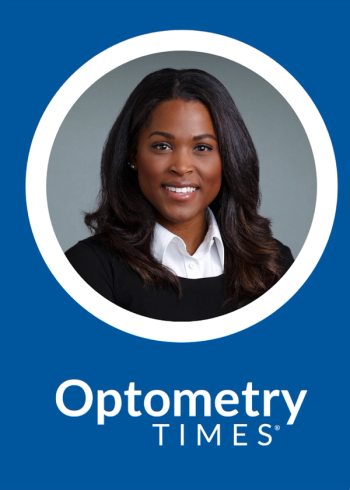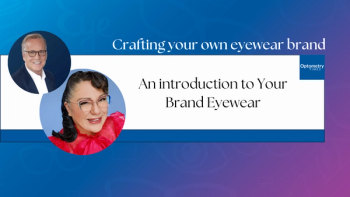
The Vision Council releases report on eyewear preferences
The new Focused inSights report tracks trends in eyeglasses frames preferences, with factors such as sustainability, technology, and online versus in-person shopping impacting purchasing habits.
The Vision Council has released results from new research conducted on consumer preferences and experiences when purchasing new glasses frames. The report, Focused inSights 2024 Frame Trends, was compiled from a poll conducted by Morning Consult between January 17 and 19 this year with a sample of 2,200.1
“Our latest Focused inSights report reveals a diverse landscape of consumer frame preferences, influenced by various factors such as shopping habits, eye care product usage, and individual values pertaining to sustainability and technology,” said Alysse Henkel, vice president of research and inSights at The Vision Council in a news release. “This report offers a unique analysis of evolving eyewear trends and provides the optical industry with crucial data to enhance their understanding of the U.S. consumer, as well as the key factors influencing their frames buying decisions today."
After Morning Consult conducted the interviews for the poll online, The Vision Council weighted the data in order to approximate the target sample of US adults. The report cites trends across a variety of categories, including glasses purchase history and frame preferences. Consumer characteristics are also used to segment the polling population into groups to identifying other factors that impact glasses preferences and purchasing behaviors.1
Some of the report highlights include differences between online and in-person shoppers, brand and fashion trend influences, and whether sustainability and technology play a role in purchasing frames. For example, online purchasers of prescription glasses tend to prefer square, brow line, and cat eye frame shapes more so than in-person shoppers.1
As for frame shape preferences, those who regularly use multiple pairs of glasses are more likely to wear curvier shapes of frames like oval, cat eye, round, and wraparound compared to consumers who wear only one pair of glasses. Additionally, fashion-conscious consumers are more likely to prefer rimless, brow line, cat eye, aviator, geometric, round, and wraparound frame shapes. Technology enthusiasts have a stronger preference for rimless or semi-rimless and aviator frame shapes compared to consumers who don’t consider technology an important factor in frames purchasing.1
Frame selection by consumers is also influenced by what trends are important to them. In their purchasing decisions, sustainability, fashion trends, and brand recognition are more important for non-prescription wearers than prescription glasses wearers. Brand and fashion trends also have greater weight in purchasing decisions for those that find shopping for frames fun. Additionally, sustainability-minded consumers prioritize optician recommendations, technology, current fashion trends, and brand or designer labels when making frame purchases.1
For consumers that don’t have a straightforward frame experience, certain factors may not be important in the purchasing of frames. Consumers who run into frame fitting issues are more likely to deprioritize fashion and brands compared to those with no fit issues.1
These trends remain pertinent as the eyewear industry continues to see demand increase globally. It is estimated that between 2021 and 2026, the eyewear industry will grow by 4.69% annually. Additionally, the global eyewear market is predicted to increase at a compound annual growth rate of 8.4% from 2022 to 2030, and is estimated to reach $323.77 billion by 2030. In the industry, fashion brands represent 35% of annual retail revenue generated by the eyeglasses market. For eye care retailers, eyewear purchases average around 10% of their annual revenue.2
The full research report can be found on The Vision Council’s Research Download Center, which has a complimentary download for members and a paid option for non-members.
References:
The Vision Council releases new research highlighting US consumers’ eyeglass frames preferences. The Vision Council. News Release. Published March 8, 2024. Accessed March 11, 2024.
https://thevisioncouncil.org/blog/vision-council-releases-new-research-highlighting-us-consumers-eyeglass-frames-preferences Sadovsky G. Eyewear Industry Statistics and Facts 2023. Overnight Glasses. Published May 17, 2023. Accessed March 11, 2024. https://www.overnightglasses.com/eyewear-industry-statistics/
Newsletter
Want more insights like this? Subscribe to Optometry Times and get clinical pearls and practice tips delivered straight to your inbox.



















































.png)


